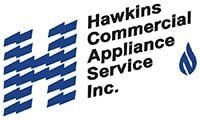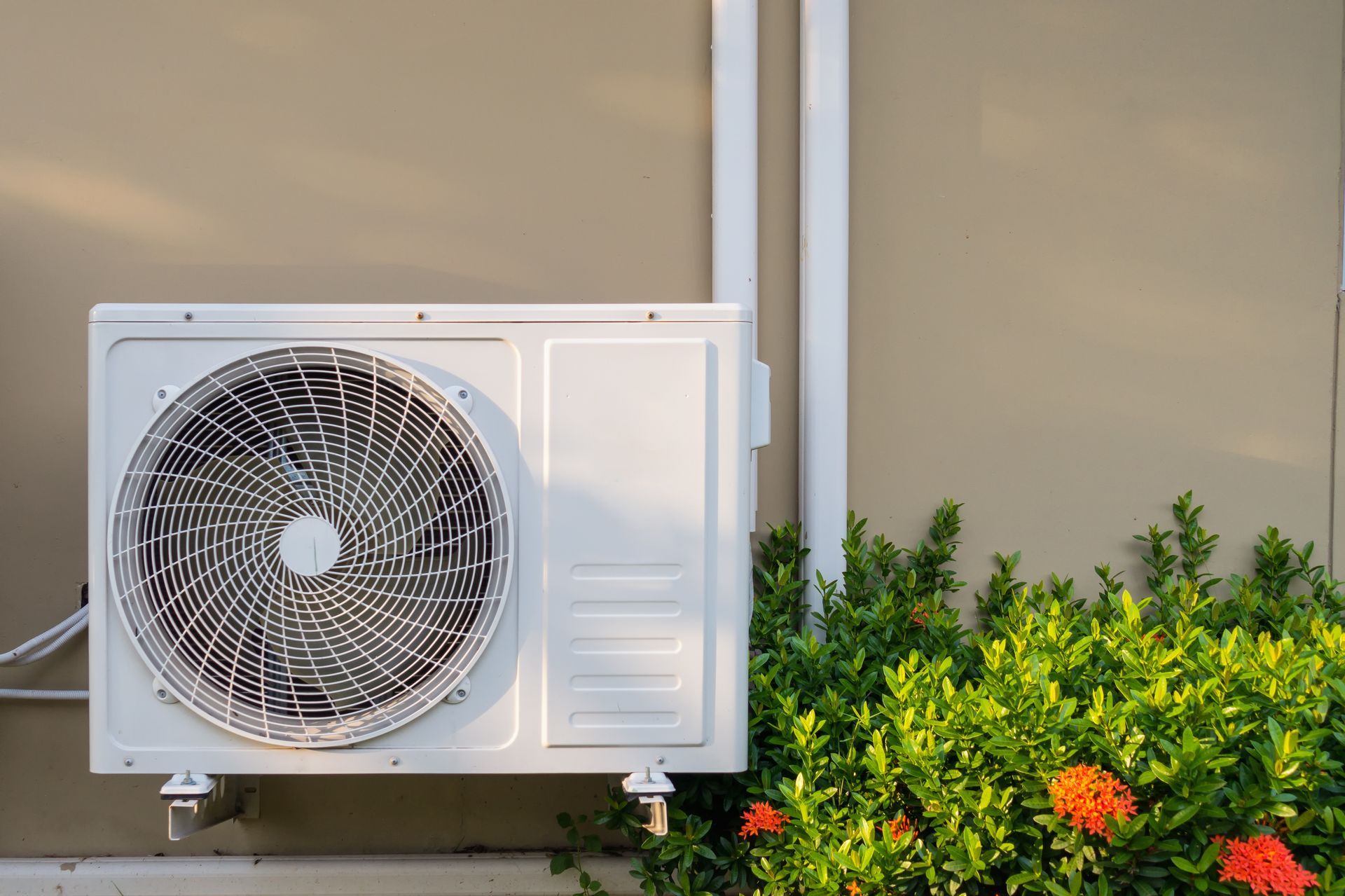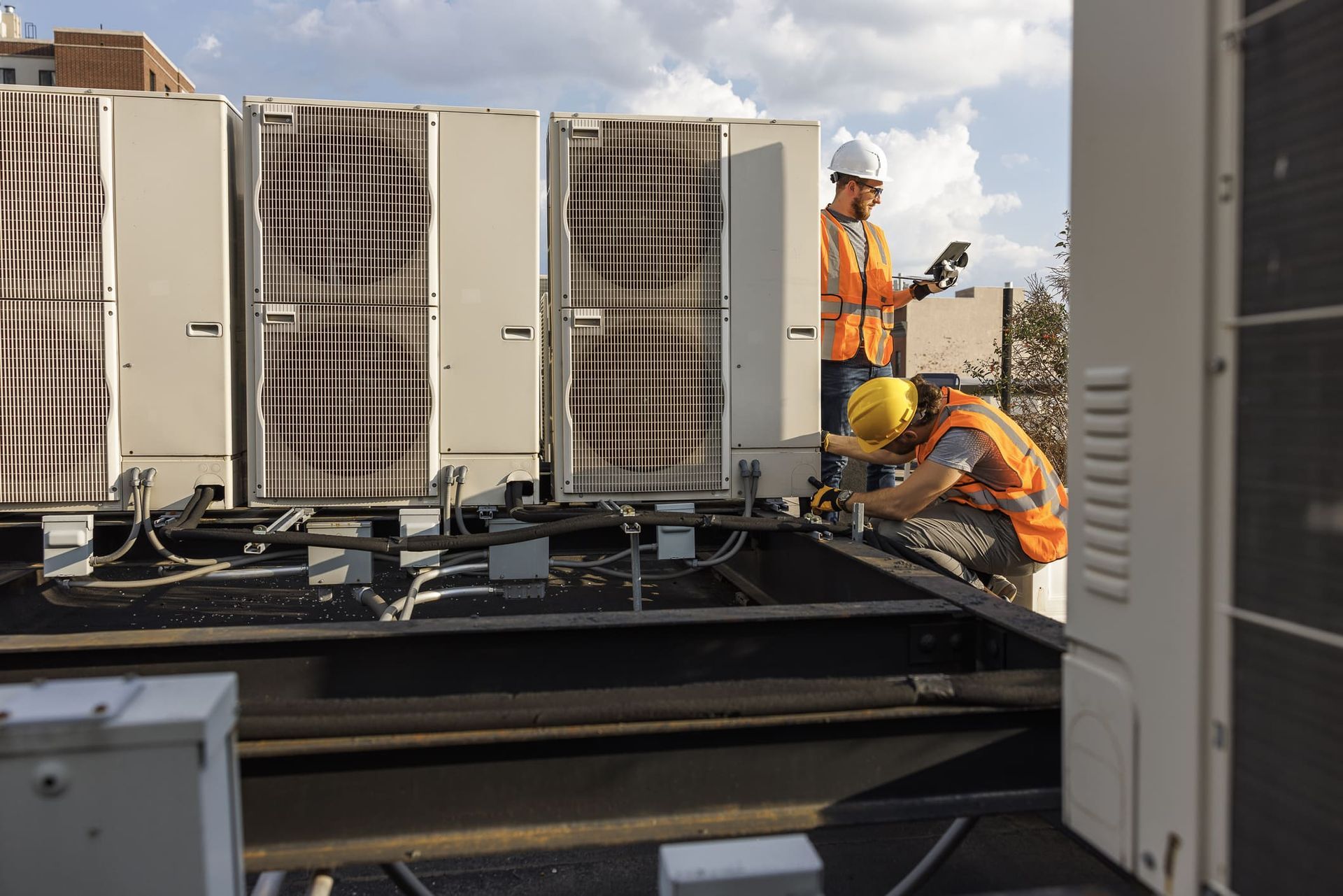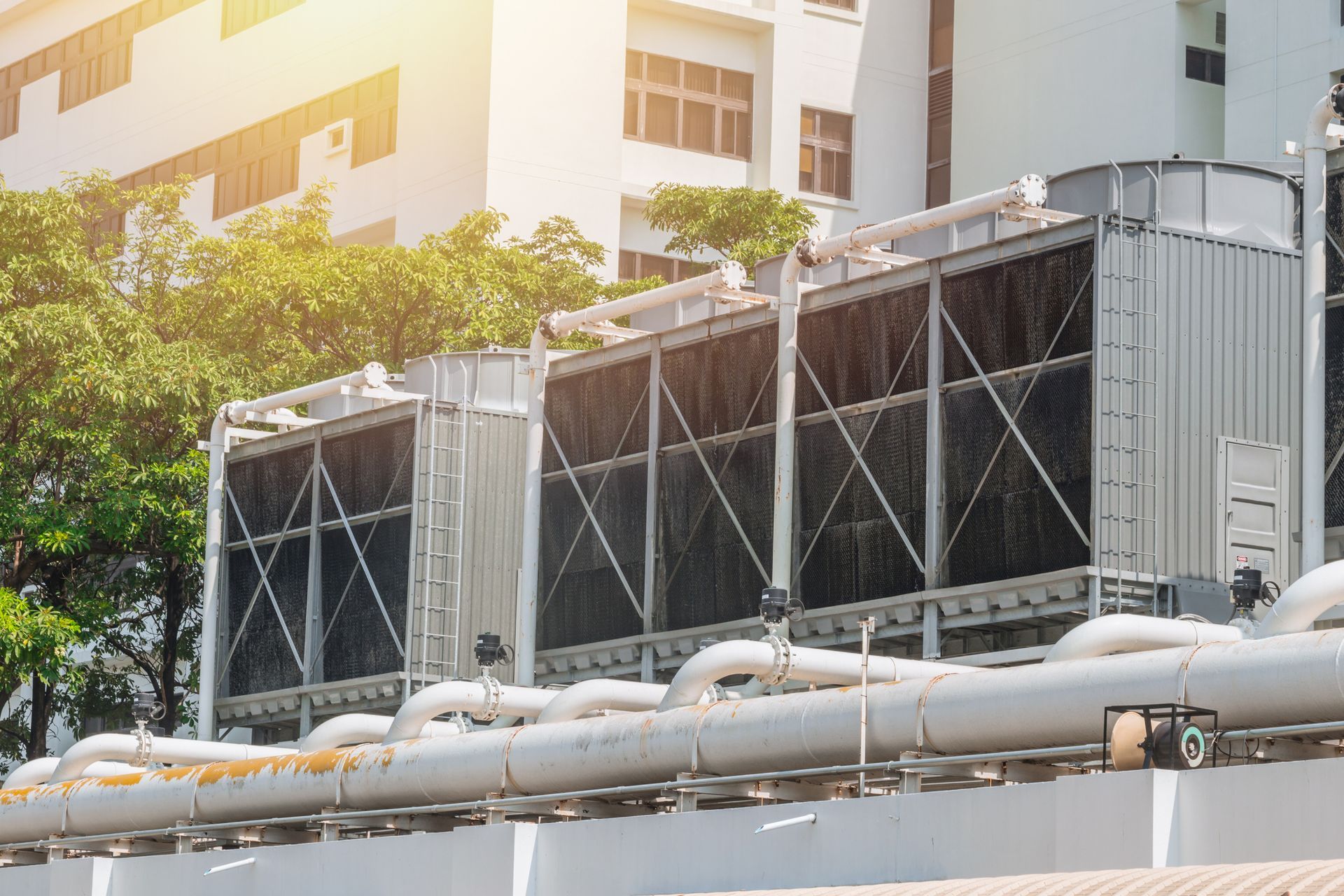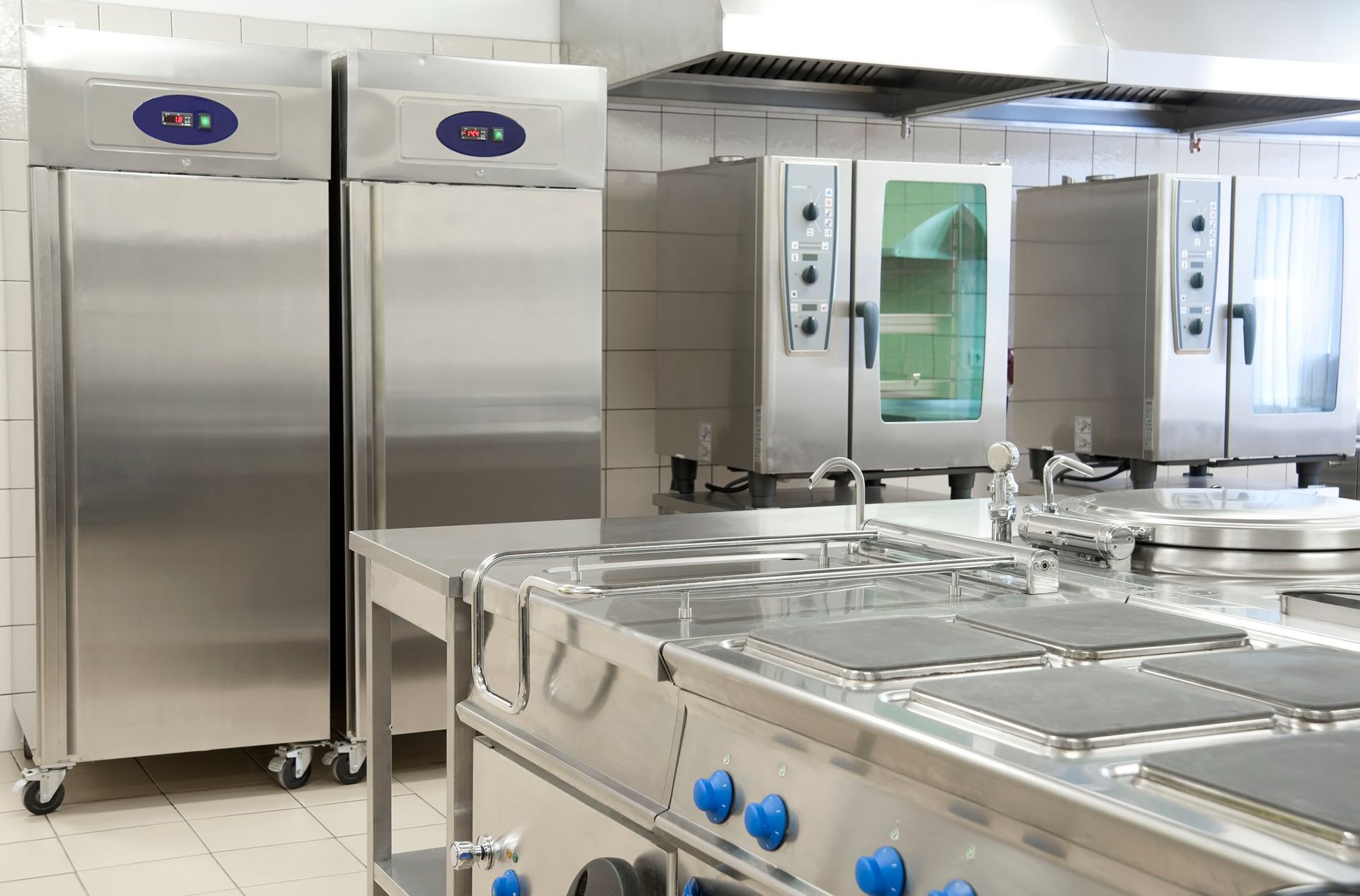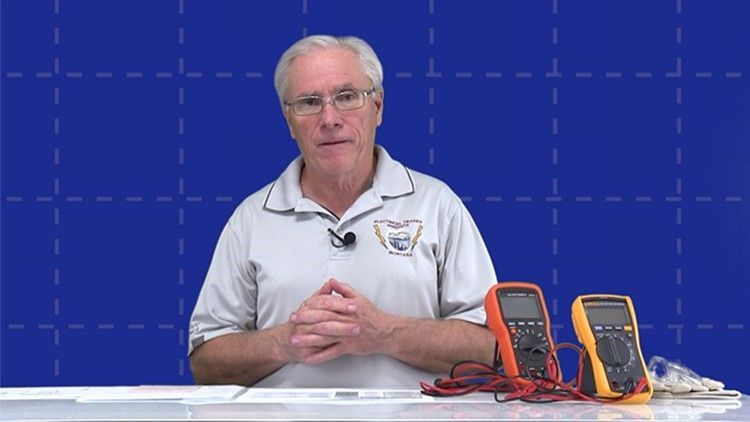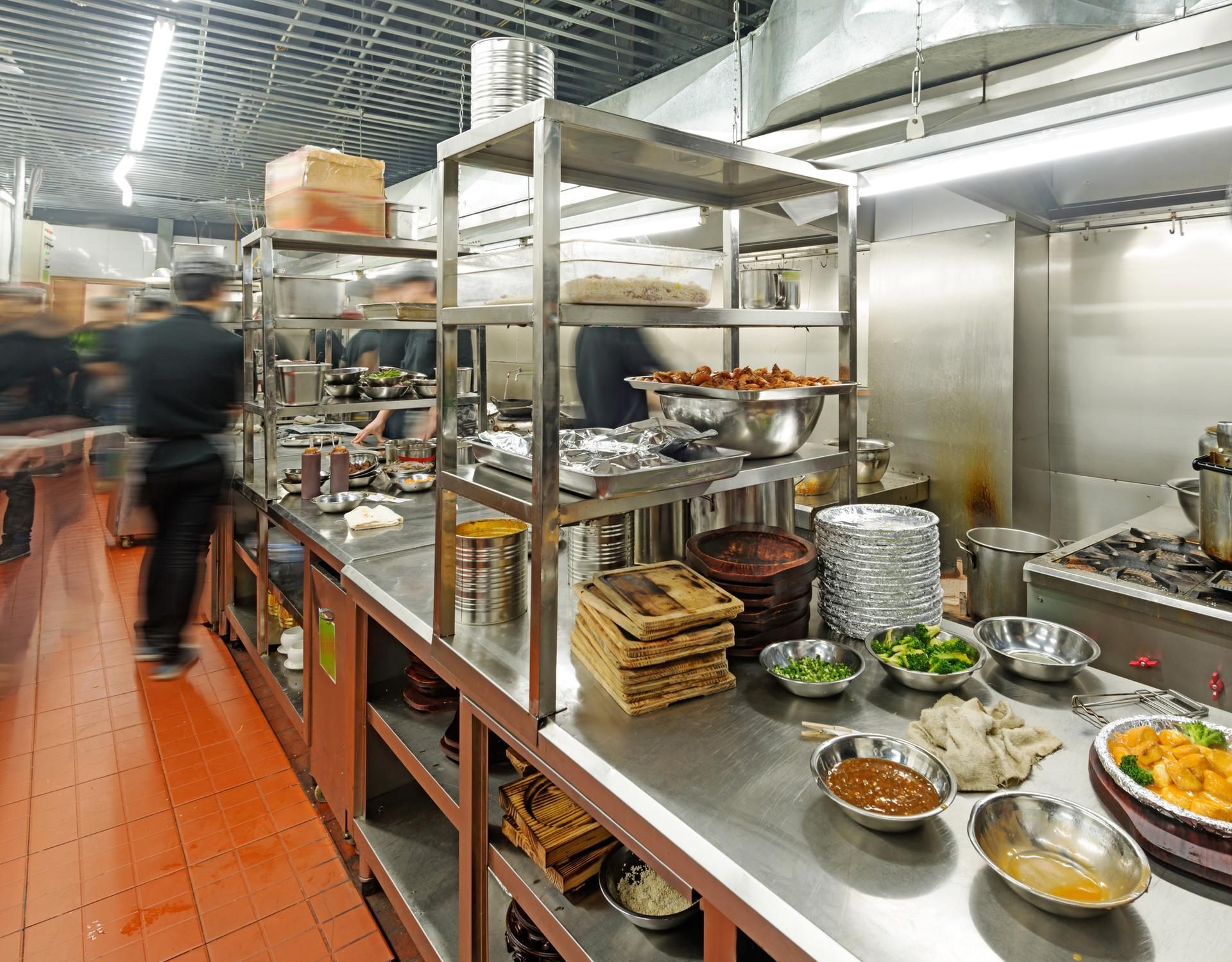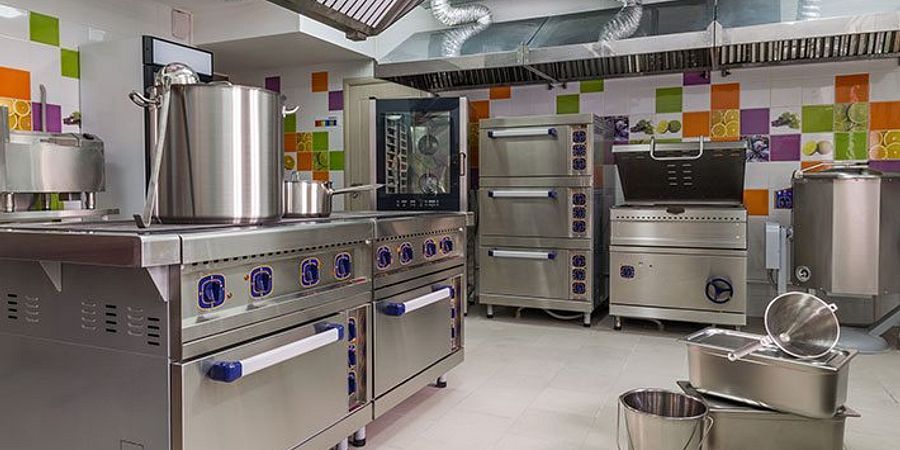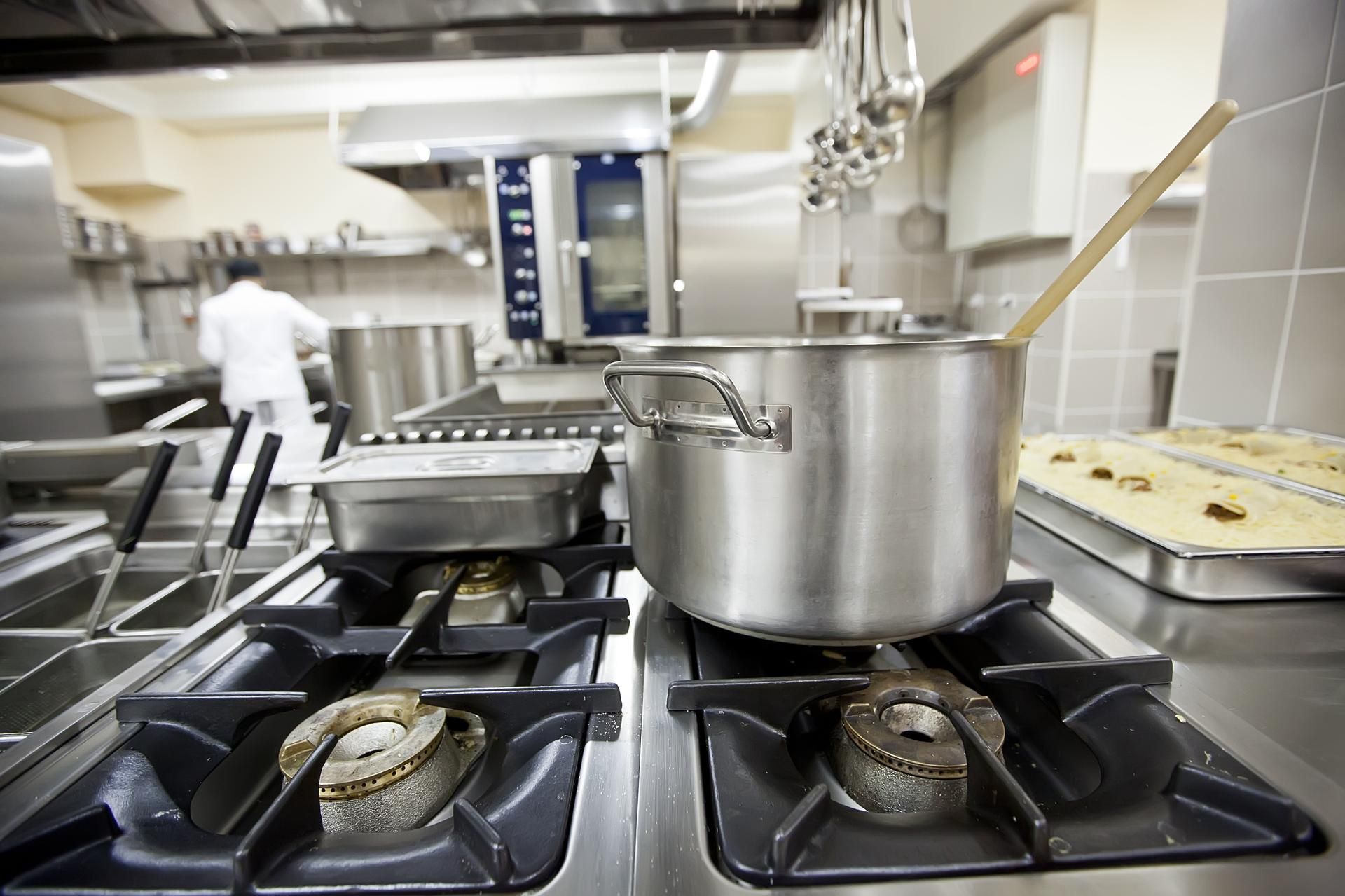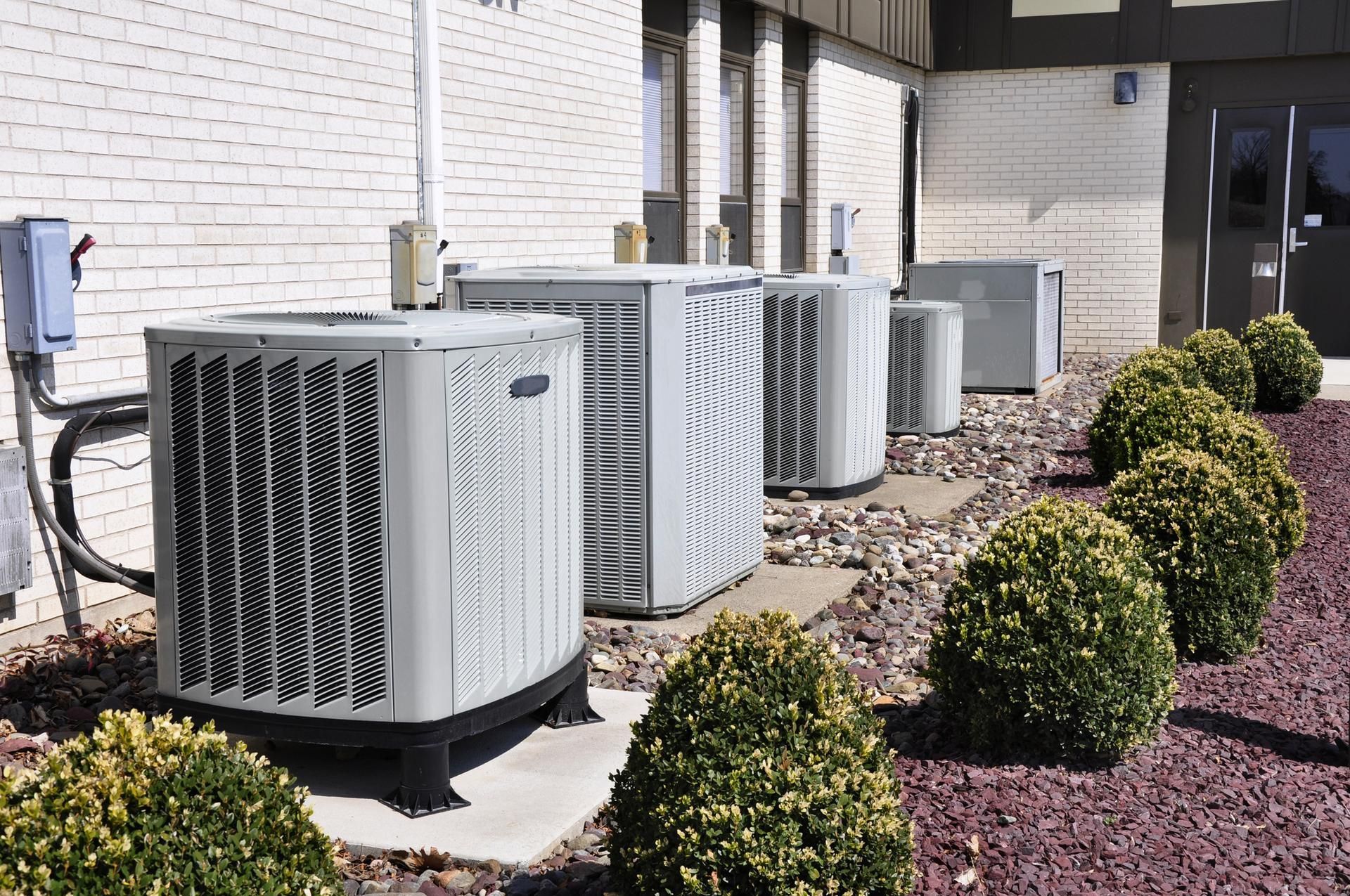Should You Upgrade Your Restaurant's HVAC Equipment?
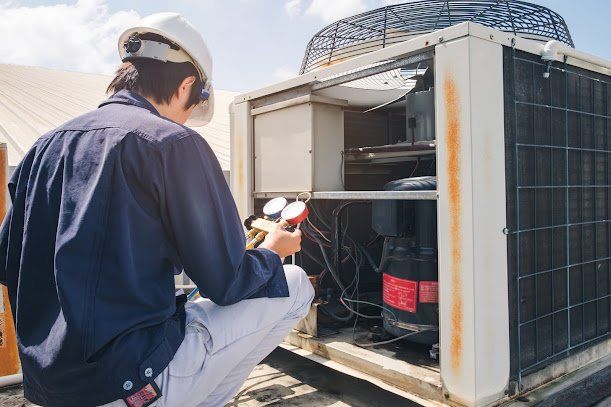
Like many other commercial systems, your restaurant's HVAC system becomes less efficient with age. Therefore, you might want to replace your unit if you notice severe drops in performance. A modern, energy-efficient HVAC system ensures better air circulation and reduces your restaurant's monthly utility bills.
Look at more reasons why you should get a new HVAC unit for your restaurant.
Improved Air Quality
Over time, contaminants such as grease and smoke may get stuck on your HVAC equipment and affect performance. These pollutants also produce odors that may affect the air quality in your kitchen.
Fortunately, modern HVAC systems have advanced technology that enhances air quality. For instance, new units have upgraded carbon air filters and purifiers that filter out air contaminants such as carbon monoxide that cooking fuel produces as it burns.
Since a restaurant kitchen has ovens and cookers on constantly, the temperatures could rise and become unbearable for your kitchen staff. If your old HVAC unit relies on a single static thermostat setting, you might be unable to sustain reasonable temperatures in both the kitchen and dining areas.
For instance, a particular temperature setting might be ideal for the dining area but not the kitchen. For this reason, you might want to look for additional ways to strike a balance in all areas of your restaurant, but that option might prove quite expensive, especially for such a business.
Thankfully, with a modern zoned HVAC system, you can program a separate thermostat setting for the kitchen and a different one in the dining area. This way, both your staff and customers will enjoy a comfortable space inside your restaurant.
Restaurant Expansion
As you expand your restaurant, you need additional space to serve your customers properly. You'd need to invest in a new HVAC system that effectively delivers heat and conditioned air to the added sections. Your old unit might be unable to serve the entire restaurant like it once did.
Although you may want to use both your old and new units simultaneously, this strategy could be counteractive. The running costs can significantly hike up for both these systems. Also, your older unit might struggle to keep up with the requirements you need for your new space.
Instead, you should invest in a perfectly sized HVAC system that would heat and cool all areas in your restaurant. An undersized unit may have to work harder to provide adequate heat for restaurant sections that may be far apart. Not only will the small unit overrun, but its components might also begin to wear out early.
On the other hand, an oversized system gives off uneven heat rapidly, which causes your HVAC system to go on and off frequently. This short cycling problem increases the risk of breakdown and reduces your unit's longevity. The temperature fluctuations also cause your HVAC system to waste energy as it attempts to maintain the preset settings.
Even after you get the ideal unit size for your restaurant, you need a credible HVAC expert to install your new system. With proper installation, a perfectly sized HVAC unit can perform effectively and give your customers a more comfortable dining experience.
Energy Efficiency
A standard HVAC unit uses the air outside to provide ventilation to your restaurant. However, outside air is not always ideal. For instance, the cold air brought in during winter could affect temperatures inside your restaurant. And since your old unit may lack properly designed ductwork, the ventilated air could contain moisture that raises the humidity level inside.
When humidity levels rise, you might notice the following signs:
- Condensation on glass windows and doors
- Baking difficulties (buttercream cracks and chocolate blooms)
- Mold and mildew spots
A new unit would incorporate a suitable ductwork design to accommodate your restaurant's seating arrangement and spacing. Proper airflow through well designed ducts can remove excess moisture and reduce humidity levels in the restaurant.
At Hawkins Commercial Appliance, we prioritize all your customized heating and cooling needs. Contact us today for more information on how to get the most out of your restaurant's HVAC equipment.
